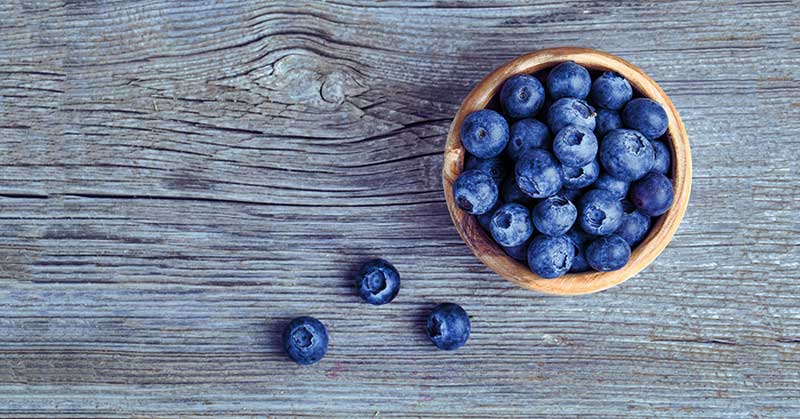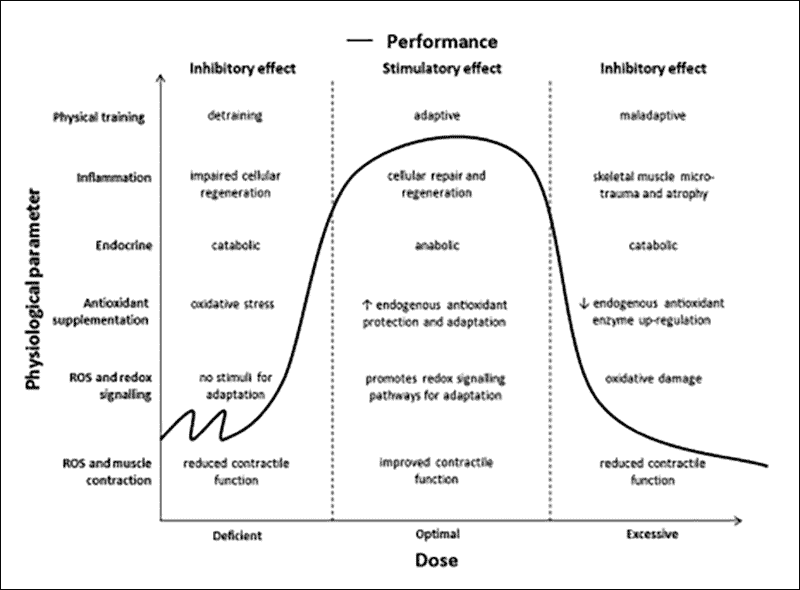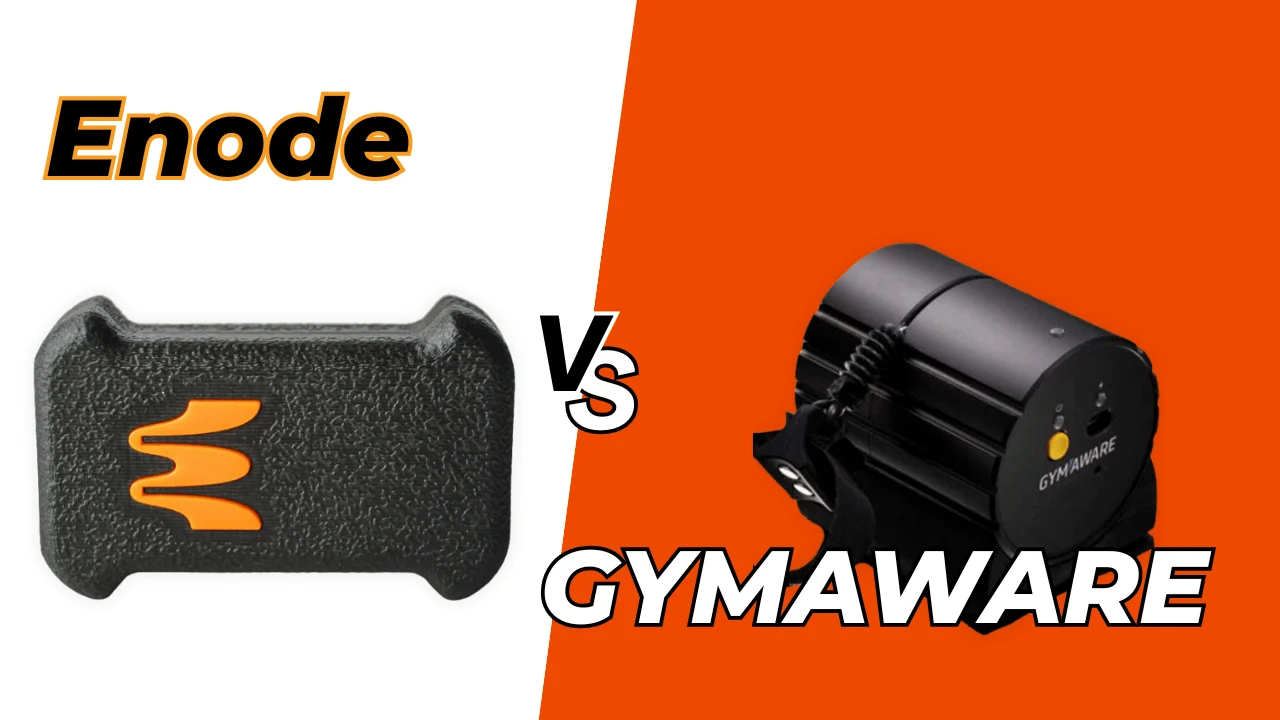[mashshare]

Antioxidants and branched-chain amino acids (BCAAs) help maximize training gains and minimize recovery, especially when taken after exercise. In the appropriate dose, antioxidants accelerate recovery by reducing inflammatory damage. BCAAs also accelerate recovery and help synthesize muscle proteins.
Antioxidants, Adaptation, and Inflammation
Intense physical exercise creates an inflammatory stress reaction within the body that produces both adaptive and maladaptive physiologic responses. Antioxidants can eliminate additional stress by converting reactive oxygen species (ROS) to less reactive molecules.
So far, researchers have not determined whether taking antioxidant supplements during training encourages adaptation. 3
Researchers do know that, if ROS accumulate excessively, athletes may experience such overtraining symptoms as chronic fatigue. 3 Uncontrolled oxidation can also cause lipid, protein, and DNA damage, which diminish cellular function. 3 DNA damage, in particular, can interfere with the DNA’s positive adaptation to exercise-induced stress. 3 And disturbances in our homeostatic balance may affect the function of our metabolic, neuroendocrinologic, oxidative, physiological, psychological, and immunologic systems.
A low dietary intake of antioxidants may decrease our body’s ability to combat the build-up of ROS during exercise. 3 An excessive intake of antioxidants, however, can cause the opposite reaction and suppress oxidation reduction at the cellular level. This hinders the beneficial effects of exercise on our cells.
Consequentially, ingesting antioxidants can prevent adaptation during and after exercise. One study, for example, showed that taking 1,000 IU of Vitamin C and 400 IU of Vitamin E inhibited training-induced increases in skeletal muscle protein.3 Prolonged antioxidant supplementation may also reduce oxidation. However, there are no long-term studies about this specifically. 3
Antioxidants such as Co-enzyme Q10, tart cherry juice, and pomegranate juice can accelerate recovery by reducing inflammatory damage. 3 There seems to be an optimal dose of antioxidants to create an adaptive, anabolic, regenerative, and enhanced state of performance and recovery (see figure below). We need more research to solidify the reference ranges for athletes. 3

For testing purposes, most studies consist of an acute bout of exercise to induce drastic muscular damage. Researchers then compare supplementation against a control for immediate study.
BCAAs for Muscle Protein Synthesis and Recovery
It’s widely accepted that BCAAs are essential for supporting recovery and optimal performance health. Since BCAAs regulate skeletal muscle protein synthesis and accelerate recovery, researches examined whether BCAAs would help calorie-restricted athletes undergoing a heavy resistance training regimen retain lean body mass.2
During the study’s eight-week body building program, athletes took 14g BCAAs pre- and post-workout while a comparative group took carbohydrate-based placebos. The BCAA group lost fat mass and maintained lean body mass, while the carbohydrate group lost lean mass and body mass.
BCAA study group lost fat & maintained lean body mass; placebo group lost lean & body mass. Share on XBoth groups increased the 1RM in the squat, but the BCAA group improved more significantly. In the 1RM max for the bench press, the BCAA group improved, while the carbohydrate group decreased in strength. The proposed theory on the mechanism behind the success of BCAAs for maintaining body composition and improving strength has to do with their effect on the hormones responsible for protein synthesis.
Exercise induces a change in the balance of hormone levels after exercise. Testosterone, insulin, and cortisol, particularly, become elevated. 1 Testosterone, insulin, and insulin-like growth factor are anabolic hormones, meaning they favor muscle growth, whereas cortisol is a catabolic stress hormone favoring muscle breakdown.
It’s ideal to keep anabolic hormones running strong after exercise to promote muscle growth and repair and to relax cortisol levels to prevent the reversal of this repair process. 1 One study aimed to find the effect BCAAs’ had on these hormone levels when taken in a 200mg/kg dose thirty minutes before exercise. 1 Twenty young soccer players in this randomized, double-blind study were split into supplement or placebo groups.
In the BCAA group, serum insulin and testosterone were significantly higher than the placebo group after exercise. There was no difference in cortisol concentrations between the two groups. This indicates that BCAA supplementation may contribute to muscle protein synthesis as a direct result of elevated anabolic hormones after exercise.
Foods Rich in BCAAs and Antioxidants
BCAAs can be ingested naturally from animal products such as chicken, fish, and eggs. Vegans and vegetarians can find BCAAs in beans, lentils, nuts, and soy protein.
Fruits high in antioxidants are cranberries, blueberries, and blackberries. Beans, artichokes, and Russet potatoes are at the top of the list for vegetables while pecans, walnuts, and hazelnuts are the highest-ranked nuts.
Of course, if adequate dietary intake is not feasible, high-quality supplementation can accomplish the same goals.
Since you’re here…
…we have a small favor to ask. More people are reading SimpliFaster than ever, and each week we bring you compelling content from coaches, sport scientists, and physiotherapists who are devoted to building better athletes. Please take a moment to share the articles on social media, engage the authors with questions and comments below, and link to articles when appropriate if you have a blog or participate on forums of related topics. — SF
[mashshare]
References
- Atashak, S., Baturak, K., Azarbayjani, M. A., Ghaderi, M., & Azizbeigi, K. (2014). “Hormonal Responses to Acute Resistance Exercise After Branched-Chain Amino Acids Supplementation.” International Medicine Journal, 22(1), 1-5. Uploaded February 14, 2015.
- Dudgeon, W. D., Kelley, E. P., & Scheett, T. P. (2016). “In a single-blind, matched group design: branched-chain amino acid supplementation and resistance training maintains lean body mass during a caloric restricted diet.” Journal of the International Society of Sports Nutrition, 13(1). doi:10.1186/s12970-015-0112-9.
- Slattery, K., Bentley, D., & Coutts, A. J. (2015). “The Role of Oxidative, Inflammatory and Neuroendocrinological Systems During Exercise Stress in Athletes: Implications of Antioxidant Supplementation on Physiological Adaptation During Intensified Physical Training.” Sports Medicine, 45(4), 453-471. doi:10.1007/s40279-014-0282-7.




